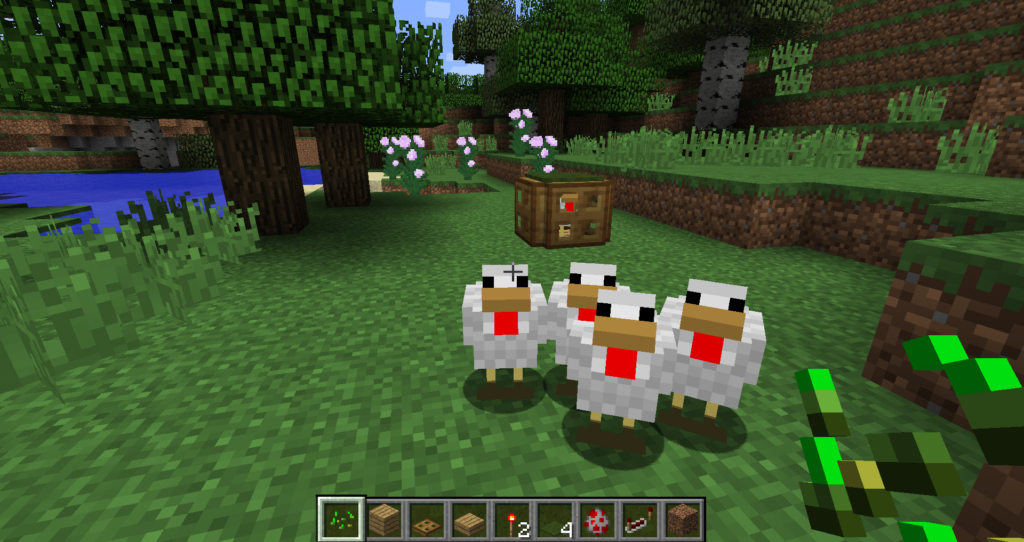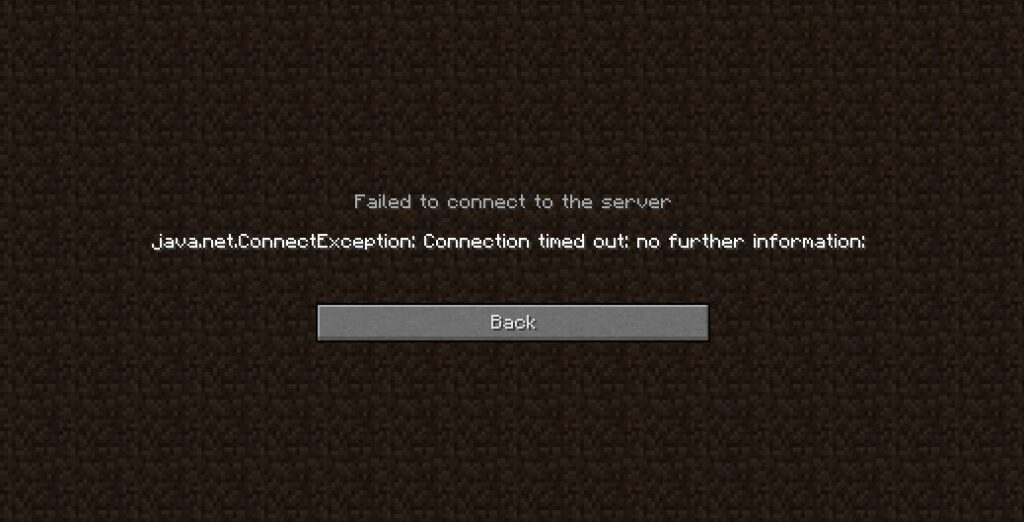A noticeable trend has recently emerged: Minecraft servers are shutting down. These platforms, once hubs for collaborative and custom gameplay, are gradually disappearing.
This trend prompts the question: Why are Minecraft servers shutting down? Minecraft has created a vibrant community of players, creators, and developers.
Minecraft’s rise to fame has made it a household name and revolutionized how players interact and collaborate within virtual environments.
The game’s ability to bring players together in imaginative worlds highlights its unique role in modern gaming.
Multiplayer game servers have flourished within this community, offering players unique experiences beyond the game’s core mechanics.
Customize Minecraft servers to create different experiences, such as survival, creative, and PvP servers.
7 Reasons Why are Minecraft servers shutting down:
- Financial constraints:
Running a Minecraft server requires hardware, hosting services, and bandwidth investment. As the player base grows, so do the costs.
The owner may find operating unsustainable if server revenue doesn’t cover expenses.
- Decline in Popularity:
Minecraft servers thrive on active player engagement. If the server experiences a dwindling player base can lead to a lack of community interaction and reduced revenue.
Players prefer busy servers; low-population servers may need help to keep players engaged.
- Competitive landscape:
The diversity of Minecraft servers means fierce competition. New servers with unique gameplay concepts or better management can draw players away from older ones.
Servers may shut down if they can’t keep up with player preferences.
- Administrative burdens:
Server administration is no small task. It involves handling player disputes, enforcing rules, and ensuring a smooth experience.
As a server grows, tasks become complex. Overwhelmed admins may shut down rather than manage the workload.
- Technical challenges:
Minecraft servers require consistent maintenance to ensure stability and performance. Technical issues such as lag, crashes, or security vulnerabilities can frustrate and drive players away.
The inability to resolve these problems might result in server shutdowns.
- Legal and Compliance Issues:
Servers must adhere to Mojang’s terms of use and guidelines. Violations can lead to legal action or Mojang shutting down the server.
- End of Project Lifespan:
Some servers are launched as experimental projects or temporary endeavors. Server owners may shut down a project when its objectives are met, or the timeframe ends, especially if it’s no longer feasible.
The impacts of the server shutdown on the Minecraft Community:
Minecraft’s success is driven by its thriving community of creative, collaborative, and innovative players.
The community extends beyond the game, fostering real-world connections and events.
- Disruption to player communities. Server shutdowns disrupt communities, causing lost builds, items, and friends. It is frustrating and isolating.
- Loss of content. Custom content on Minecraft servers is lost when the server shuts down, which can be a significant setback for players.
- There is decreased player activity. Widespread server shutdowns can lead to a decrease in Minecraft activity. Players lose interest if they can’t play with friends or experience enjoyable content.
- Social connections. Minecraft servers are more than just a game; they’re a community. When they shut down, players lose friends and feel isolated.
- Community fragmentation. When a server shuts down, players may scatter to different servers, which can lead to fragmentation of the Minecraft community.
- Sense of nostalgia and loss: Long-standing Minecraft servers can become nostalgic landmarks. Their closure evokes loss and nostalgia for players’ memories and experiences.
Tips to avoid server shutdown:
- Have a sustainable business model: You need enough players to generate revenue to cover server costs. You can charge a monthly fee, accept donations, or run ads.
- Keep up with the latest updates to Minecraft: Keep your server up-to-date to ensure compatibility with the newest game version and content. You can do this automatically or manually.
- Offer something unique or special: Offer something unique, like a custom game mode, map, or community, to stand out from the competition and attract more players.
- Be prepared for technical issues: Have a plan for technical problems, like a backup server or migrating players to a new server.
- Have a backup plan: Have a backup plan for your server, including migrating players to a new server if necessary.
What to do next after Minecraft server shutdown
- Check for server updates: If the server was shut down due to technical issues, check for any available server updates or patches that may fix the problem.
- Use the /stop command: If you are the server owner or operator, you can use the /stop command to shut down the server while saving all the server’s data, such as players, worlds, and chunks.
- Communicate with the community: If you are a player, communicate with the server community to determine if the shutdown is temporary or permanent. If it is permanent, consider finding a new server to play on or starting your server.
- Troubleshoot server issues: If you are the server owner or operator, troubleshoot any server issues that may have caused the shutdown. Check server logs, monitor server performance, and seek help from online forums or communities.
- Plan for server recovery: To recover from an unexpected server shutdown, create server data and configuration backups. It will help you recover quickly in case of future issues.
Wrap-up: Why are Minecraft servers shutting down;
Minecraft servers shut down for various reasons, losing progress, social connections, entertainment, and emotions.
The best course of action after a Minecraft server shutdown depends on the specific circumstances of the shutdown.
From this post, players and server owners can minimize the impact of server shutdowns and ensure a stable and enjoyable Minecraft experience.
Support your favorite Minecraft servers with stable hosting, regular updates, and community engagement.
Donate, engage, and promote sustainable funding models. Together, we can ensure the longevity and vibrancy of the Minecraft community.






